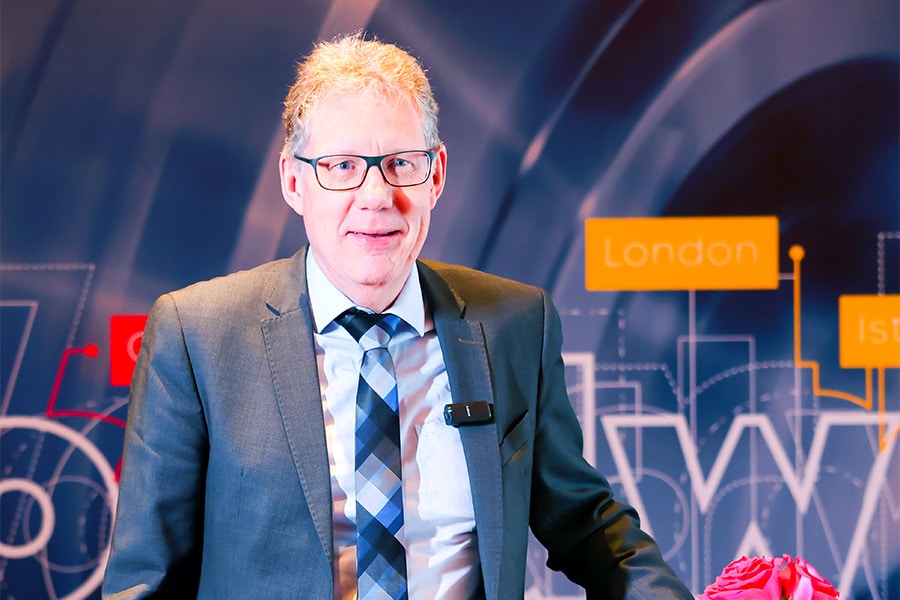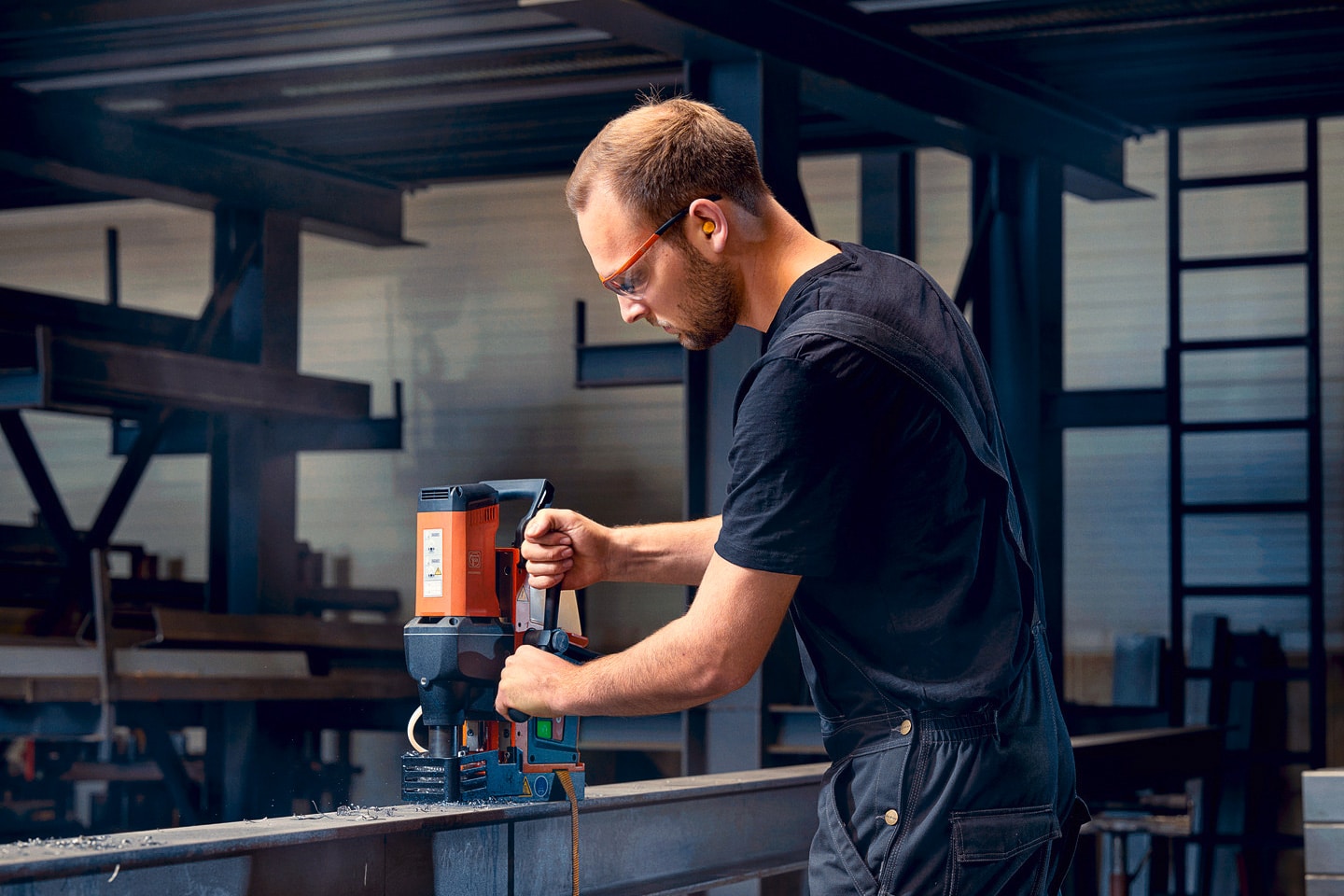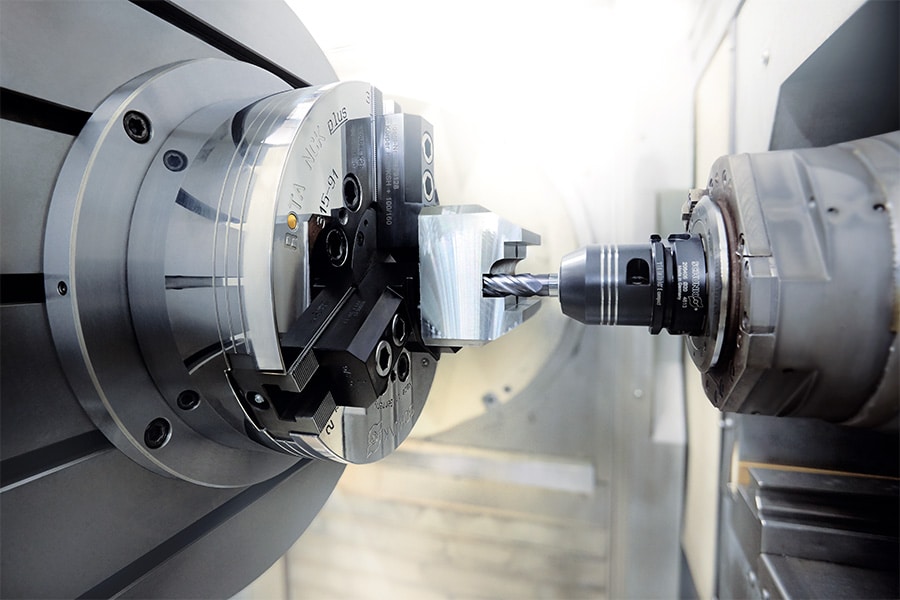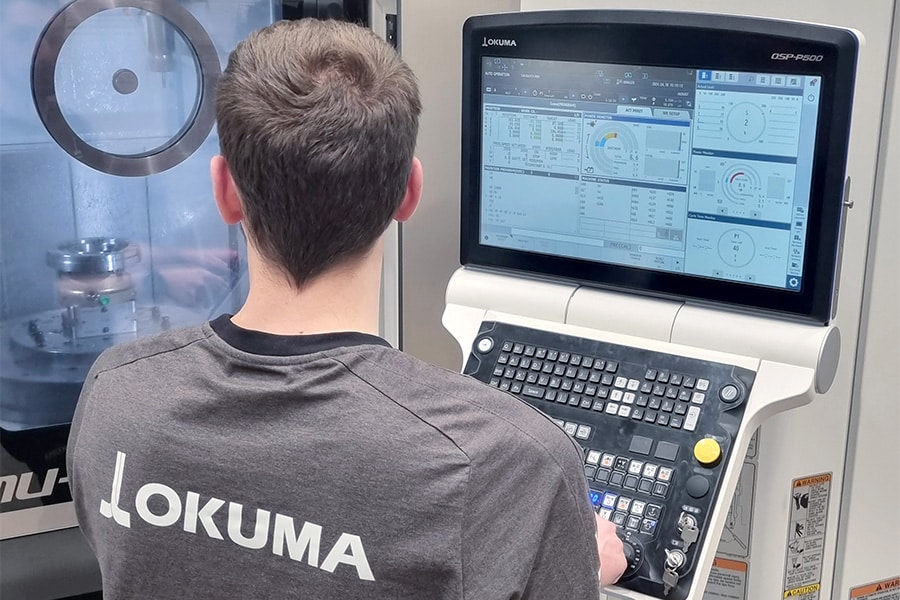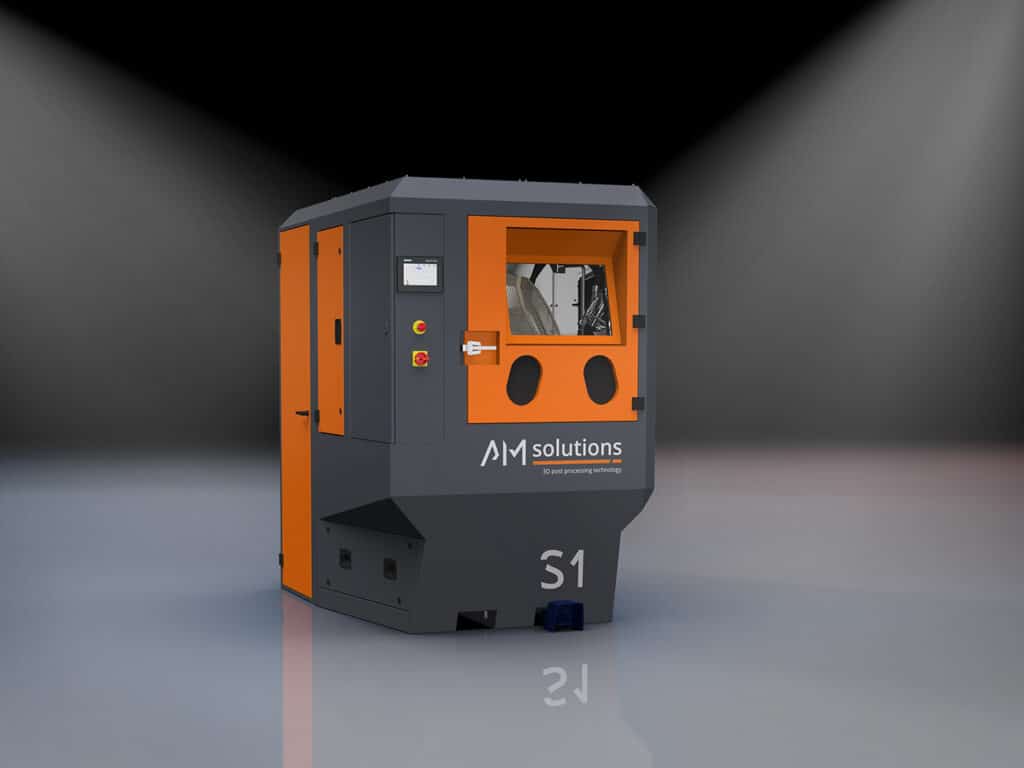
Post-processing of AM pieces to the next level
The additive manufacturing market is still developing, but is maturing rapidly. You can see this in the requirements that customers place on pieces. Post-processing is gaining more and more importance. Those who do not pay attention to the degree of finishing of their pieces are putting themselves out of business. AM Solutions (brand of Rösler) also uses its expertise in surface treatment to give AM pieces a perfect finish. It has a wide range of machines, two of which we are pleased to introduce to you in detail.
Complete freedom of design, lightweight features, easy integration of advanced functions, rapid production of highly complex, individualized components without expensive tools...: these are just some of the advantages of additive manufacturing, also known as 3D printing. Vincent Raman, product specialist at Rösler, explains, "A market in which expertise weighs even more heavily, due to the wide range of materials and alloys available on the one hand, and the increasing specialization in 3D printing techniques on the other. We are trying to bring together our years of experience in surface treatment for these applications into complex machines that are easy to operate. In other words, there is a lot of automation and programming involved, but for the operator it is actually child's play."
S1: hefty efficiency gains
A first machine that doubly deserves this label is the S1. "An all-in-one solution to simultaneously de-powder and provide initial smoothing to pieces coming out of the 3D printer. Smoothing, it's called that in the jargon." Integrating the two steps into one machine can result in significant efficiency gains.
But there's more. Blasting agents can vary enormously, according to the material that makes up the 3D printed piece. In fact, multiple types of abrasive beads are usually required, for different printing technologies . The S1 was therefore developed so that the stock boxes can be easily changed without the need for special tools. In the past these processes required cumbersome changes and cleaning periods, now everything can be done on the same machine in one smooth motion. Rösler also made the S1 Industrie 4.0 ready.
"In the world of AM, there are usually several 3D printers and surface treatment machines running at the same time. It's important to be able to keep track of exactly where each piece is in production. You also get conclusive traceability in return. You can show the customer perfectly which parameters were used in finishing his piece," Raman said.
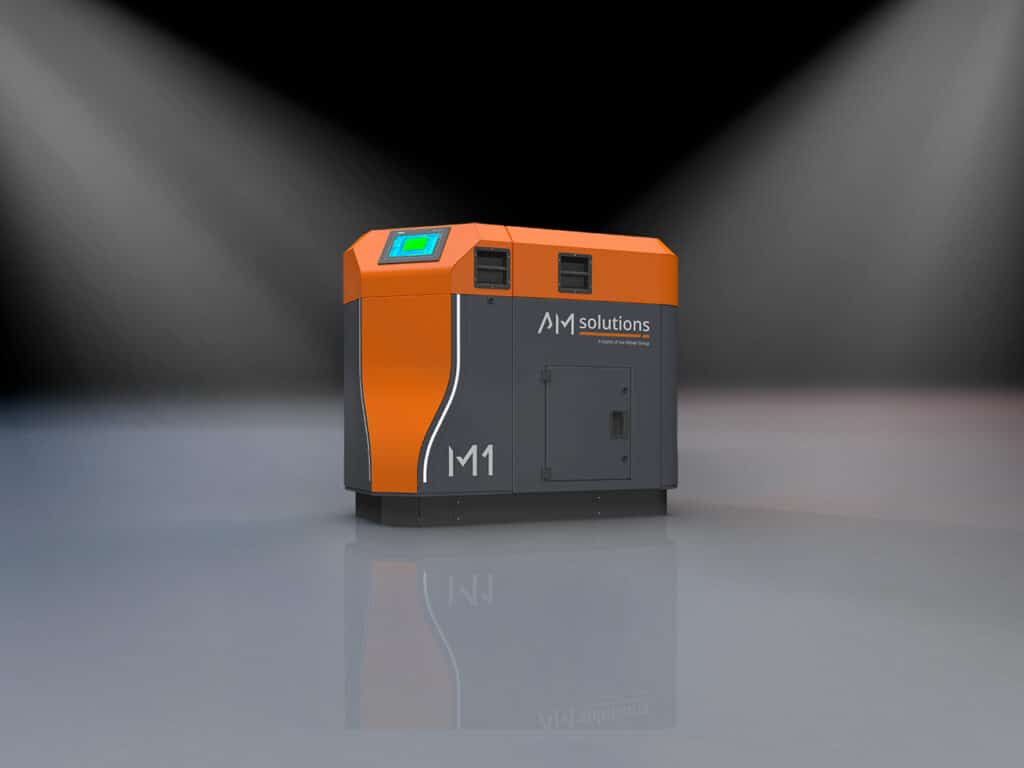
M1: flawless finish
Although the pieces are now already blasted and partially smoothed, they still require finishing to meet current customer requirements. That is the playground of the M series, which exists in several variants where only the dimensions of the pieces to be treated differ. This ranges from a few mm to even 600 mm.
"The machine works on the principle of vibrofinish, which is also a widely used technique in classic machining. The big difference is in the size of the chips. These are a lot smaller for AM and are sent through the machine at high speed, so they can also give the internal geometries the right finish, without blockages," Raman comments.
All parameters (the amount of water, the media, the speed required...) are automatically controlled (and tracked) based on sensor data. Unlike the conventional machine, the M1 usually uses a mix of media. "Practical tests have shown that the combination of media produces a faster and more effective operation. This is also immediately the reason for the higher speed (3,600 rpm instead of 1,500 rpm with conventional machining). It guards against the media becoming unmixed."
Ease of use, speed and finish
These machines are already running today on the shop floor at AM Solutions customers, including in Belgium. Raman: "They point to the ease of use, speed and finish as the main strengths of the S1 and M1. The result is really visibly different from what was available on the market before. Post-processing is what makes or breaks 3D printing companies today, because the end customer is setting the bar higher and higher."
